Refine listing
Actions for selected content:
2251 results in Cambridge Elements
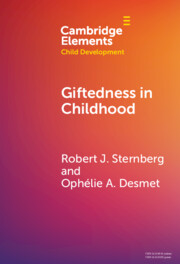
Giftedness in Childhood
-
- Published online:
- 02 December 2023
- Print publication:
- 18 January 2024
-
- Element
- Export citation

Algorithms for Measurement Invariance Testing
- Contrasts and Connections
-
- Published online:
- 02 December 2023
- Print publication:
- 21 December 2023
-
- Element
- Export citation
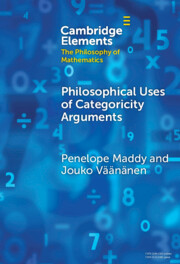
Philosophical Uses of Categoricity Arguments
-
- Published online:
- 02 December 2023
- Print publication:
- 21 December 2023
-
- Element
- Export citation
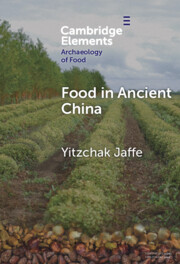
Food in Ancient China
-
- Published online:
- 01 December 2023
- Print publication:
- 21 December 2023
-
- Element
- Export citation
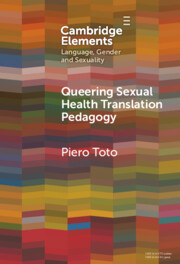
Queering Sexual Health Translation Pedagogy
-
- Published online:
- 30 November 2023
- Print publication:
- 18 January 2024
-
- Element
- Export citation
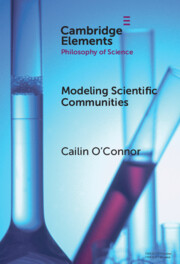
Modelling Scientific Communities
-
- Published online:
- 30 November 2023
- Print publication:
- 21 December 2023
-
- Element
- Export citation
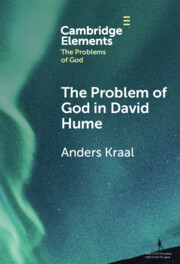
The Problem of God in David Hume
-
- Published online:
- 30 November 2023
- Print publication:
- 18 January 2024
-
- Element
- Export citation
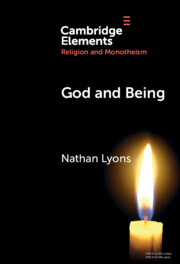
God and Being
-
- Published online:
- 30 November 2023
- Print publication:
- 21 December 2023
-
- Element
- Export citation
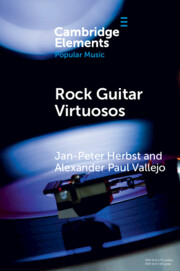
Rock Guitar Virtuosos
- Advances in Electric Guitar Playing, Technology, and Culture
-
- Published online:
- 29 November 2023
- Print publication:
- 21 December 2023
-
- Element
- Export citation

The Domino and the Eighteenth-Century London Masquerade
- A Social Biography of a Costume
-
- Published online:
- 29 November 2023
- Print publication:
- 15 February 2024
-
- Element
- Export citation
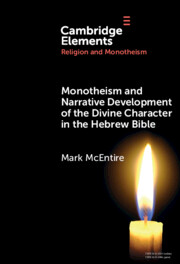
Monotheism and Narrative Development of the Divine Character in the Hebrew Bible
-
- Published online:
- 29 November 2023
- Print publication:
- 21 December 2023
-
- Element
- Export citation
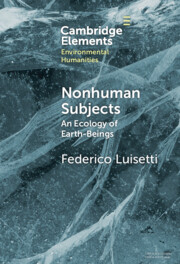
Nonhuman Subjects
- An Ecology of Earth-Beings
-
- Published online:
- 29 November 2023
- Print publication:
- 21 December 2023
-
- Element
- Export citation
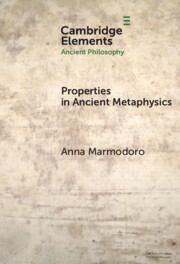
Properties in Ancient Metaphysics
-
- Published online:
- 29 November 2023
- Print publication:
- 21 December 2023
-
- Element
- Export citation
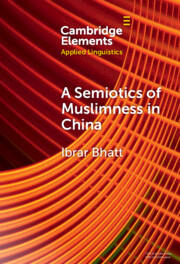
A Semiotics of Muslimness in China
-
- Published online:
- 29 November 2023
- Print publication:
- 21 December 2023
-
- Element
- Export citation

Translation as Creative–Critical Practice
-
- Published online:
- 29 November 2023
- Print publication:
- 21 December 2023
-
- Element
- Export citation
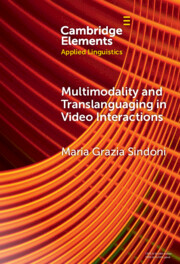
Multimodality and Translanguaging in Video Interactions
-
- Published online:
- 28 November 2023
- Print publication:
- 21 December 2023
-
- Element
- Export citation
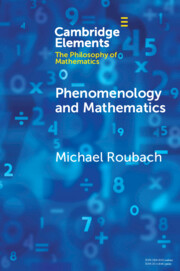
Phenomenology and Mathematics
-
- Published online:
- 27 November 2023
- Print publication:
- 21 December 2023
-
- Element
- Export citation
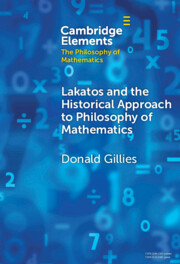
Lakatos and the Historical Approach to Philosophy of Mathematics
-
- Published online:
- 27 November 2023
- Print publication:
- 21 December 2023
-
- Element
- Export citation
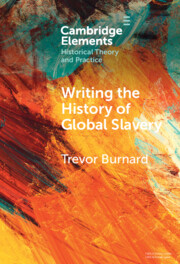
Writing the History of Global Slavery
-
- Published online:
- 27 November 2023
- Print publication:
- 07 December 2023
-
- Element
-
- You have access
- Open access
- HTML
- Export citation
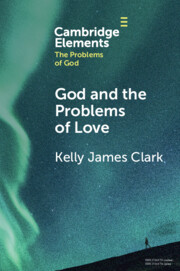
God and the Problems of Love
-
- Published online:
- 27 November 2023
- Print publication:
- 21 December 2023
-
- Element
-
- You have access
- Open access
- HTML
- Export citation
